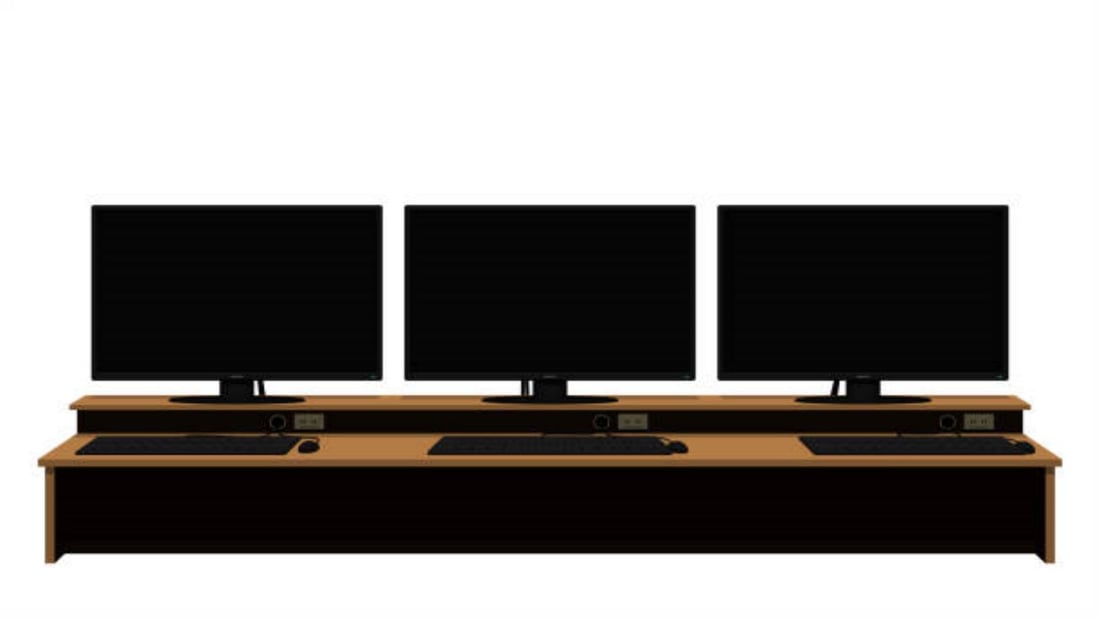AMOLED vs. TFT vs. IPS: Which Screen Technology Is Right for You?
The type of screen technology used in smartphones and other devices plays a significant role in determining the overall visual experience. Three popular screen technologies in the market today are AMOLED, TFT, and IPS. Each technology has its own set of advantages and disadvantages, and understanding them can help you make an informed decision when choosing a device. In this article, we will explore the differences between AMOLED, TFT, and IPS screens, and help you determine which screen technology is right for you.
The Brilliance of AMOLED Screens
AMOLED stands for Active Matrix Organic Light Emitting Diode. This technology offers vibrant colors, deep blacks, and high contrast ratios. AMOLED screens use organic compounds that emit light when an electric current is passed through them. This allows for individual pixels to be turned on or off, resulting in true blacks and infinite contrast levels.
One of the biggest advantages of AMOLED screens is their ability to display deep blacks. Since each pixel is individually lit, areas of the screen that need to be black can simply be turned off, resulting in an absence of light. This creates a more immersive visual experience, especially when watching movies or playing games with dark scenes.
AMOLED screens also offer excellent color reproduction. The organic compounds used in these screens can emit light at different intensities, allowing for a wider range of colors to be displayed. This results in more vibrant and lifelike images.
However, AMOLED screens are known to be susceptible to burn-in. This occurs when a static image is displayed on the screen for an extended period, causing certain pixels to age faster than others. Over time, this can lead to permanent ghost images or discoloration on the screen. It is important to vary the content displayed on an AMOLED screen to avoid burn-in.
TFT Screens: A Reliable Choice
TFT, or Thin Film Transistor, is a type of LCD (Liquid Crystal Display) screen technology. TFT screens consist of a layer of liquid crystal material sandwiched between two glass plates, with a thin transistor attached to each pixel. When an electrical current passes through the transistors, they control the amount of light that is allowed to pass through the liquid crystals, creating the image on the screen.
One of the key advantages of TFT screens is their reliability. These screens are known for their durability and longevity, making them a popular choice for budget-friendly devices. TFT screens also offer good color reproduction and wide viewing angles, ensuring a satisfactory visual experience for most users.
However, compared to AMOLED and IPS screens, TFT screens generally have lower contrast ratios and less vibrant colors. The backlight used in TFT screens can also lead to uneven lighting and backlight bleeding, where light from the edges of the screen seeps through, resulting in a less uniform display.
The Versatility of IPS Screens
IPS, or In-Plane Switching, is another type of LCD screen technology. IPS screens are known for their wide viewing angles and accurate color reproduction. These screens use a different arrangement of liquid crystals that allows for more light to pass through, resulting in brighter images.
One of the major advantages of IPS screens is their wide viewing angles. Unlike TFT screens, IPS screens do not suffer from color distortion or loss of contrast when viewed from different angles. This makes IPS screens ideal for sharing content or using devices with larger screens.
IPS screens also offer accurate color reproduction, making them a popular choice for photographers, graphic designers, and other professionals who require precise color representation. These screens can display a wide range of colors with good accuracy, ensuring that the images and videos you view are true to life.
However, IPS screens are generally more expensive than TFT screens, making them less common in budget-friendly devices. The backlight used in IPS screens can also result in slightly higher power consumption compared to AMOLED and TFT screens.
Which Screen Technology Is Right for You?
Choosing the right screen technology ultimately depends on your personal preferences and usage patterns. If you prioritize vibrant colors, deep blacks, and high contrast ratios, AMOLED screens are an excellent choice. However, if budget and reliability are more important to you, TFT screens offer a decent visual experience at a lower cost.
If you require wide viewing angles and accurate color reproduction, IPS screens are the way to go. These screens are ideal for professionals who work with color-sensitive content or for those who often share their screen with others.
It's important to consider the specific device you are looking at, as the quality of the screen can vary even within the same technology. Additionally, factors such as screen size, resolution, and pixel density should also be taken into account when making a decision.
In conclusion, AMOLED, TFT, and IPS screens each have their own strengths and weaknesses. By understanding the differences between these screen technologies, you can make an informed decision and choose the screen technology that best suits your needs and preferences.

